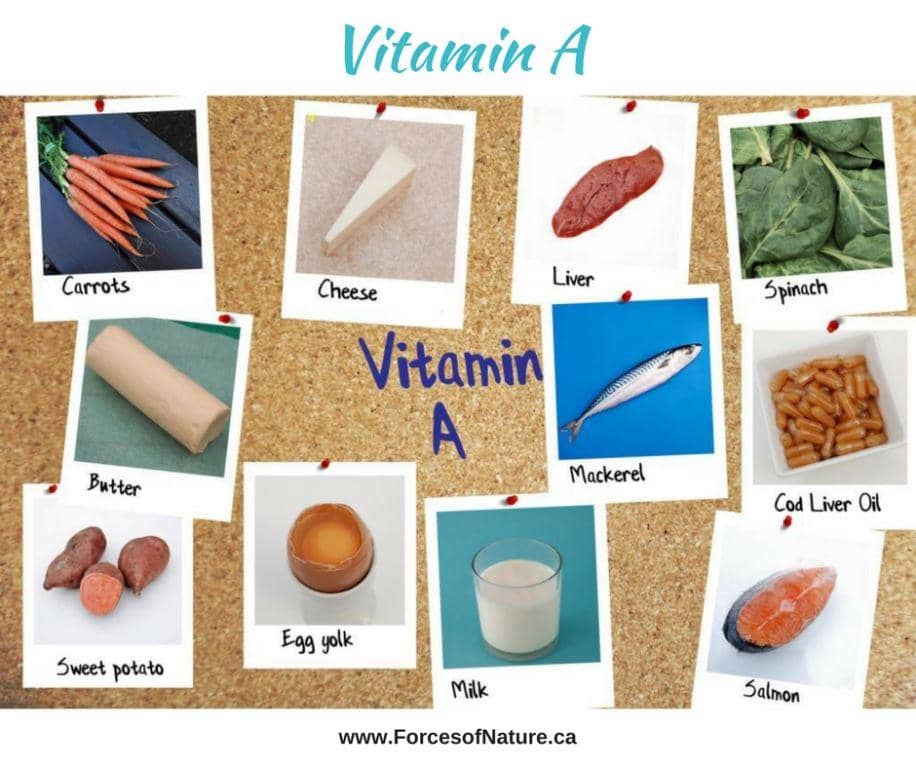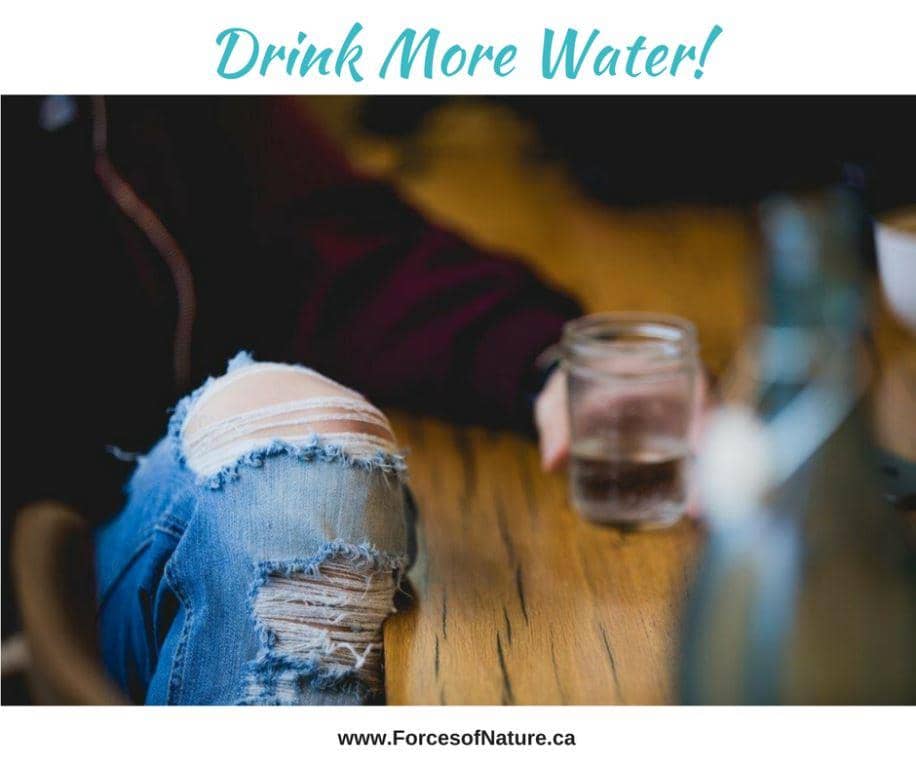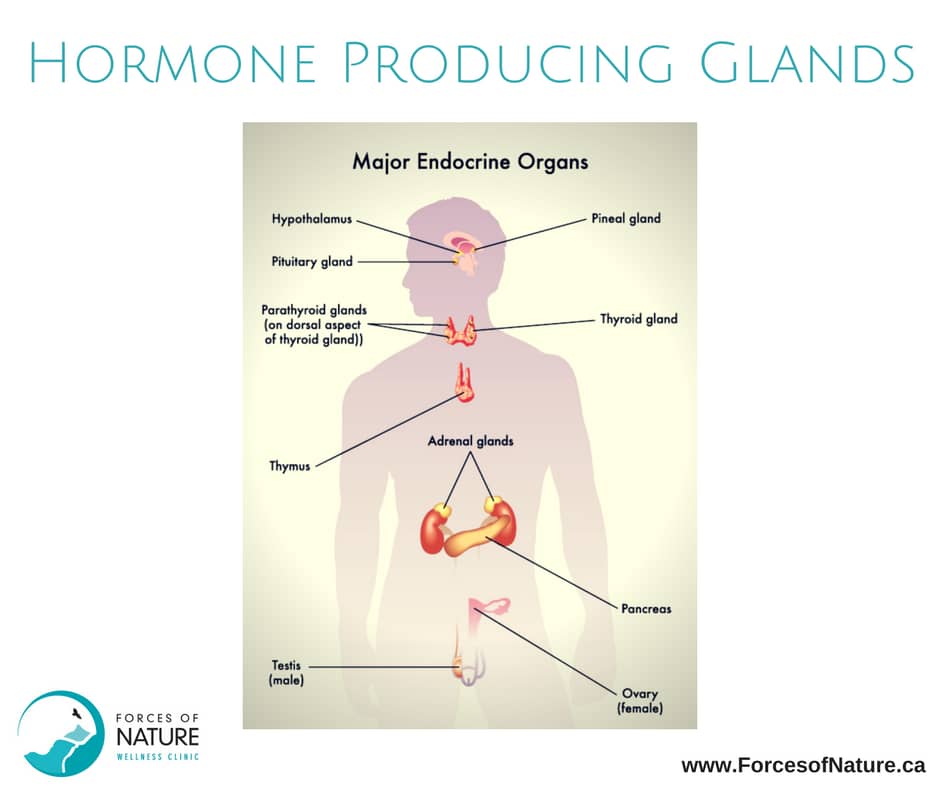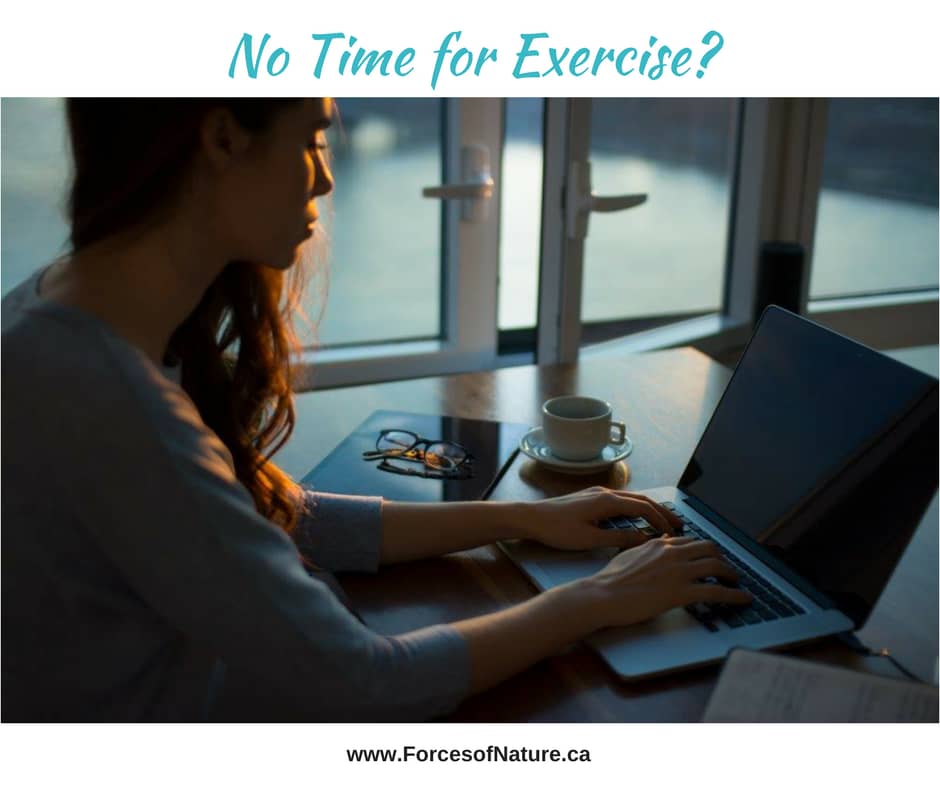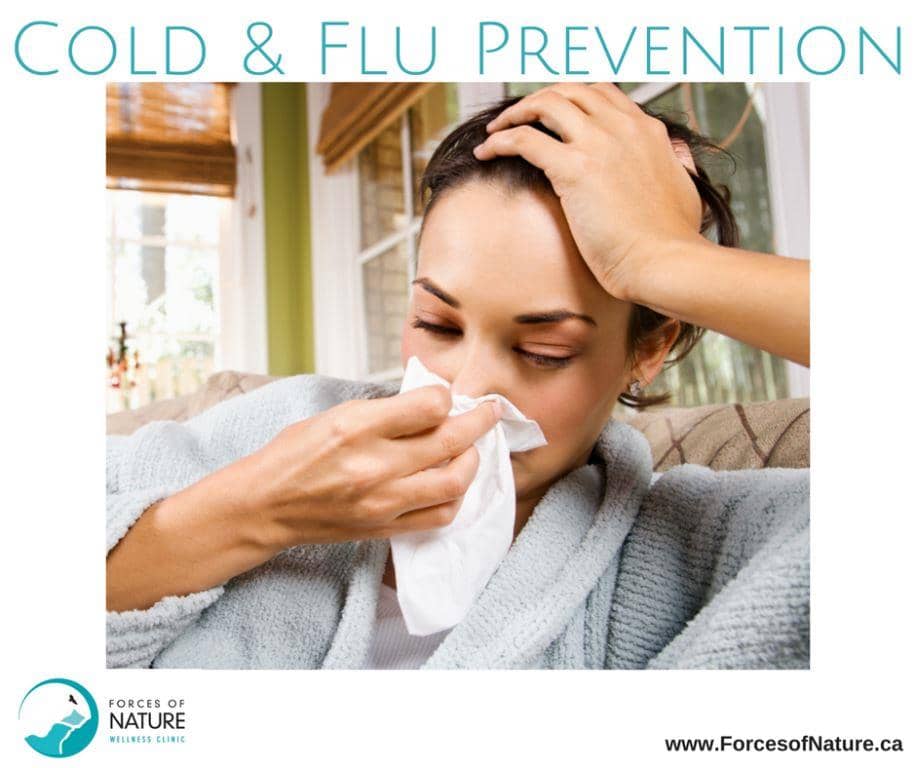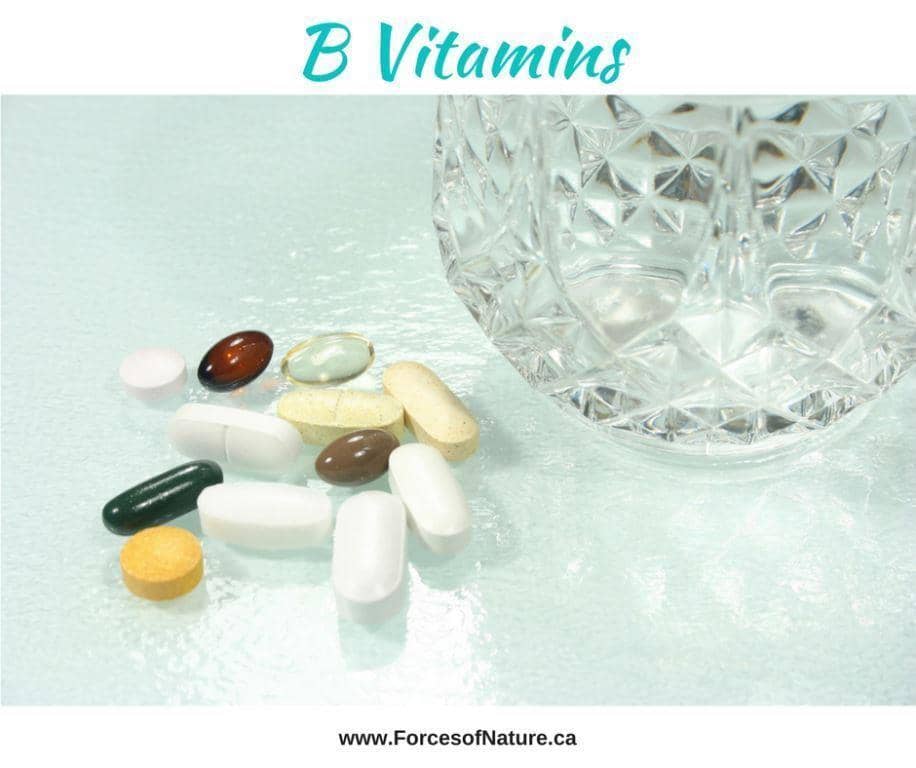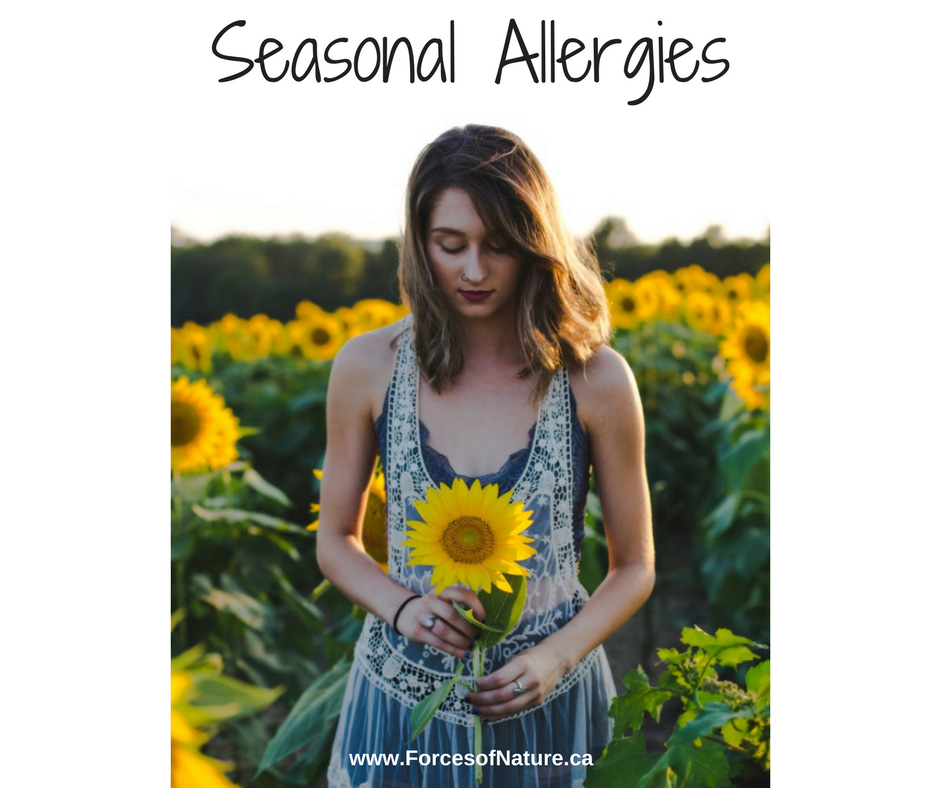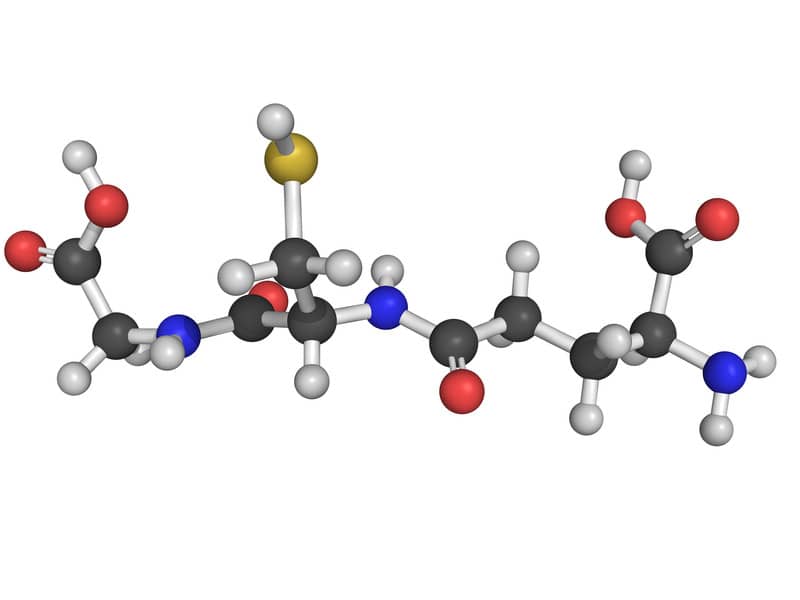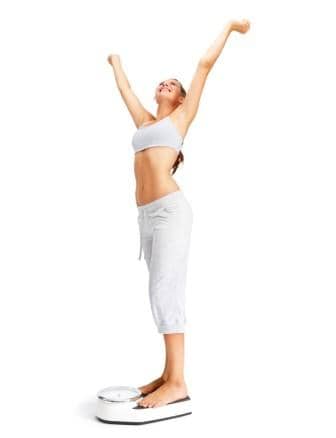
Digestion Trouble? It’s all in your Gut!
There’s a lot to talk about when it comes to your gut. We’re still learning a lot about how the interaction between the digestive system and the rest of the body works. We know that the intestinal flora can affect your body’s ability to perform several critical functions, such as:
- Absorbing and producing vitamins and minerals,
- Regulating hormones,
- Effective digestion,
- Responding to the immune system, and
- Eliminating toxins
For those who already suffer from gastrointestinal or digestion disorders such as IBS, Celiac disease, Crohn’s, ulcerative colitis, SIBO or leaky gut syndrome, the link between gut and mental health becomes more pronounced. Your gastrointestinal (GI) issues can be the root cause of many symptoms throughout your body.
Given how extensive the influence of the gut is, it’s clear that looking after our gut health is one of the most important ways we can look after our overall health. There are many ways to take care of your gut. There are two factors that influence bowel flora directly: prebiotics and probiotics.
How does the connection between the gut and the body work?
In between the layers of your digestive tract is something called the enteric nervous system (ENS). This is made up of two thin layers of over 100 million nerve cells lining your GI tract literally from top to bottom.
The ENS sends messages between your gut and your brain. That’s why the gut is often called the “second brain.” As you’ll see from the symptoms listed below, the messages that the second brain sends can be very persuasive!
How can you tell if your gut is imbalanced?
The ideal balance of gut bacteria is about 85% good bacteria to 15% bad bacteria out of about 100 trillion bacteria that naturally live in your gut.
This balance can be upset in the course of daily life by caffeine, processed foods, stress, long-term use of medications and definitely antibiotics. In fact, one course of antibiotics can leave your gut bacteria weaker for up to four years!
As we age, the natural decrease in our stomach acid (which plays an important role in the growth of good bacteria) enables bad bacteria to get stronger.
The main culprit of a bacteria imbalance, though, is overconsumption of sugars. To make an immediate positive impact on your gut, it’s essential to limit simple carbohydrates like sugars found in sodas, desserts, and processed foods like flour products.
There are all kinds of indicators of an imbalanced gastrointestinal system. These can be symptoms like:
- Bloated, gassy and distended abdomen
- Extreme bowel movement patterns like diarrhea or constipation (or fluctuation of both)
- Skin conditions including acne, rashes, psoriasis and eczema flare-ups
- Constant fatigue despite getting an adequate amount of sleep
- ‘Down’, depressed or sad emotions, irritability
- Candida or yeast overgrowth
- Weight loss due to lack of appetite or cravings causing weight gain due to poorly absorbed nutrients
How can we help our gut communicate best?
You can help heal your gut by providing it with what it needs to keep the necessary balance of good and bad bacteria. This helps your gut take care of its biggest job – regulating digestion. That way, the gut’s messages to the body and mind are clear, efficient, and healthy.
How? It comes down to maintaining a healthy diet, getting regular exercise and high-quality rest and supporting your gastrointestinal health with both prebiotics and probiotics!
Prebiotics vs Probiotics – What’s the difference?
Probiotics
These are the healthy, “good” bacteria that naturally live in the colon of our digestive systems. When consumed in the right amounts, probiotics can have great benefits to our health overall. Once in the colon, probiotic bacteria multiply, helping to regulate the balance between the good and bad bacteria that live there. You might be familiar with certain kinds of probiotics, as there are a few that have specific health benefits like Lactobacillus acidophilus. The diversity of gut bacteria is what keeps us healthy. That’s why it’s important to consume a variety of different strains.
There are some natural food sources for probiotics, largely they are in fermented foods. A few fantastic choices for probiotics are:
- Kimchi
- Unpasteurized sauerkraut – natural, made with salt, not vinegar
- Kefir
- Yogurt
- Kombucha
- Miso
- Pickles
Prebiotics
Prebiotics are non-digestible carbohydrates that help probiotics grow and remain in your digestive system. They’re known as “food” for your good bacteria.
Less information has been publicized about where you can find prebiotics, but that could be because you’ve been eating them this whole time! Prebiotics are a non-digestible fibre source that’s plentiful in lots of raw foods:
- Garlic
- Leeks
- Onions (which still contain prebiotics once cooked)
- Chicory root
- Dandelion greens
- Asparagus
- Jerusalem artichoke
- Jicama
- Under-ripe bananas
Taking probiotics alone is a good beginning. We want to encourage the colonies of bacteria to grow and support a healthy gastrointestinal system. That’s why it’s important to eat prebiotics also to ensure that the probiotics can multiply and do their work effectively.
Consume a combination of prebiotic and probiotic foods on a daily basis, to help replenish and maintain a healthy digestive system for overall health.
Is a supplement necessary to have enough prebiotics and probiotics?
Getting your nutrition from whole foods is always the preferred route to optimal health, but sometimes you need a little help. In that case, look for:
Prebiotic supplements: Prebiotics are actually really easy to get in a well-balanced diet. Due to the nature of the fibre that they contain, that’s really the best way to get them. If you are looking for a little extra push, try using chicory root as a coffee substitute, or using a powdered acacia gum (gum arabic) in a morning smoothie. Having these kinds of foods in your diet can assure you that your gut bacteria are well-fed and cared for.
Probiotic supplements: You should be looking for a supplement containing CFU (Colony Forming Units) in the billions. The generally recommended dose can vary between 30 to 150 billion CFUs per day, taken in up to four doses. To maintain the diversity of gut bacteria, aim to supplement with different strains of good bacteria.
How long should I take probiotics?
You can safely stay on probiotics indefinitely. We definitely recommend them if you’re on, or coming off of antibiotics, the birth control pill or radiation treatment.
If you choose to supplement, remember to take it at breakfast when the bacteria have the best chance of surviving the acidic environment of your gut. Whether or not supplementation is a regular part of your supplement regimen remember that taking probiotics after a course of antibiotics is one of the best ways to ensure your full and healthy recovery from the inside out.
Just as we take care of our muscles and our minds by feeding them the things that they need to stay strong and healthy, so too must we take care of our “second brain”. We need to maintain our gut, by feeding it what it needs to perform in optimal health.
Prebiotics and probiotics are the two primary ways of keeping your digestion healthy, happy, and functioning optimally! Remember, while everyone can take prebiotics and probiotics, from children to pregnant people, to the elderly – everyone is unique.
We would love to help you determine which foods and supplements are best for you and your family. Please book an appointment to ask our naturopathic doctors for their recommendation of both the type and dosage that could be right for you. We also offer many other options to improve your digestion.
